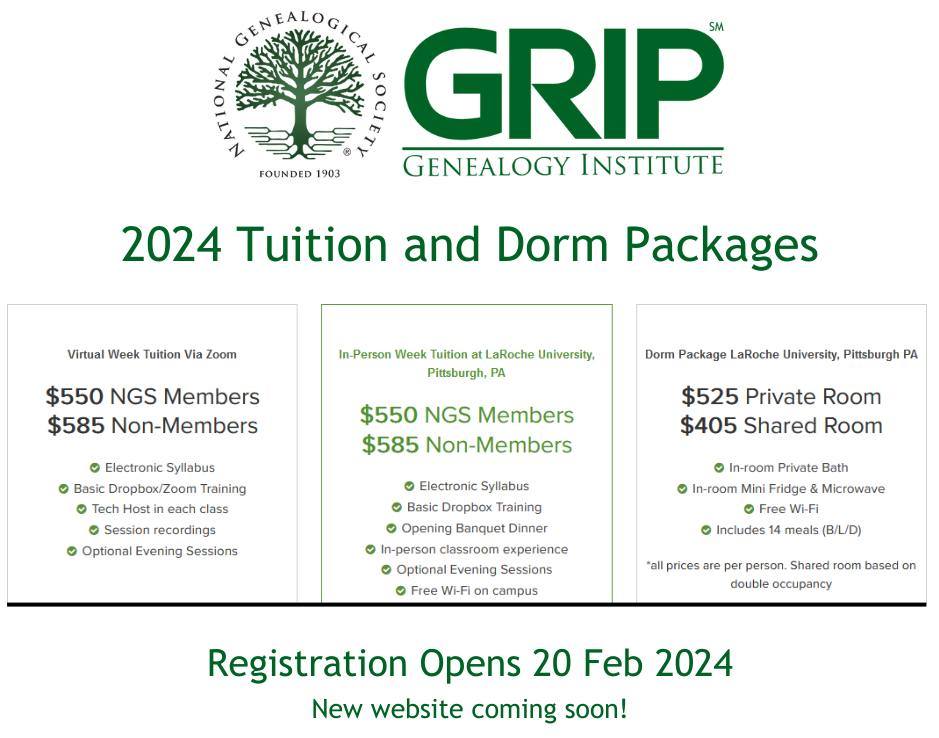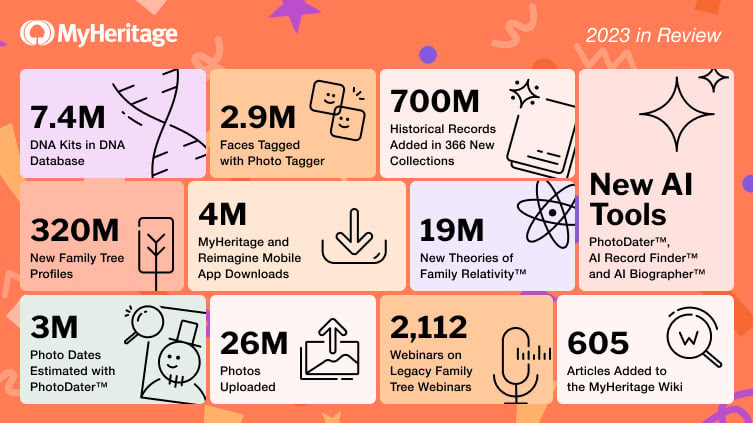Registration for the Board for Certification of Genealogists’ (BCG) twelve monthly webinars in 2024 is now live at its partner website Legacy Family Tree Webinars. (https://familytreewebinars.com/upcoming-webinars/?category=visit-www-bcgcertification-org).
BCG Upcoming Webinars Dates, topics, and speakers are shown below:
16 Jan 2024 Shannon Green, CG “The Genealogical Proof Standard (GPS): A Review”
20 Feb 2024 Jerry Smith, CG “Metes & Bounds Land Plats Solve Genealogical Problems”
19 Mar 2024 Jill Morelli, CG, CGL “Maternal Threads Unwoven: Identifying Margareta’s Mother in 18th Century Sweden”
16 Apr 2024 Anne Morddel, CG “French Emigrants: They Were Not All Huguenots, or Nobles, or from Alsace-Lorraine”
21 May 2024 Thomas W. Jones, PhD, CG, “Editing Your Own Writing – Part 1”
18 Jun 2024 Thomas W. Jones, PhD, CG “Editing Your Own Writing – Part 2”
16 Jul 2024 David Ouimette, CG, CGL “Oral Genealogy in Asia-Pacific: The Essence of Personal Identity and Tribal Connections”
20 Aug 2024 Debbie Mieszala, CG “He Had a Brother Who Disappeared: Finding John H. Hickey, Formerly of Rockton, Winnebago County, Illinois”
17 Sep 2024 LaBrenda Garret-Nelson, JD, LLM, CG, CGL, FASG, “A Myriad of Slave Databases”
15 Oct 2024 Robbie Johnson, CG “Sense and Sensibility: The Power of Logic, Intuition, and Critical Thinking”
19 Nov 2024 Yvette Hoitink, CG “Dear Me: Writing Research Reports to Yourself”
17 Dec 2024 Mary Kircher Roddy, CG “Lost and Found: Locating Ancestral Origins with FAN Club and DNA”
“Education is one of the most significant ways of achieving BCG’s mission for promoting public confidence in genealogy through uniform standards of competence,” said President Faye Jenkins Stallings, CG. “We appreciate this opportunity to provide these webinars that focus on the standards that help family historians of all levels practice good genealogy.”
Following the free period for these webinars, BCG receives a small commission if you view any BCG webinar by clicking at our affiliate link: http://legacy.familytreewebinars.com/?aid=2619. For access to all BCG webinars, see the BCG Webinar Library at Legacy Family Tree Webinars (http://legacy.familytreewebinars.com/?aid=2619).
To see the full list of BCG-sponsored webinars for 2024, visit the BCG blog SpringBoard at https://bcgcertification.org/bcg-2024-free-webinars. For additional resources for genealogical education, please visit the BCG Learning Center (https://bcgcertification.org/learning).



